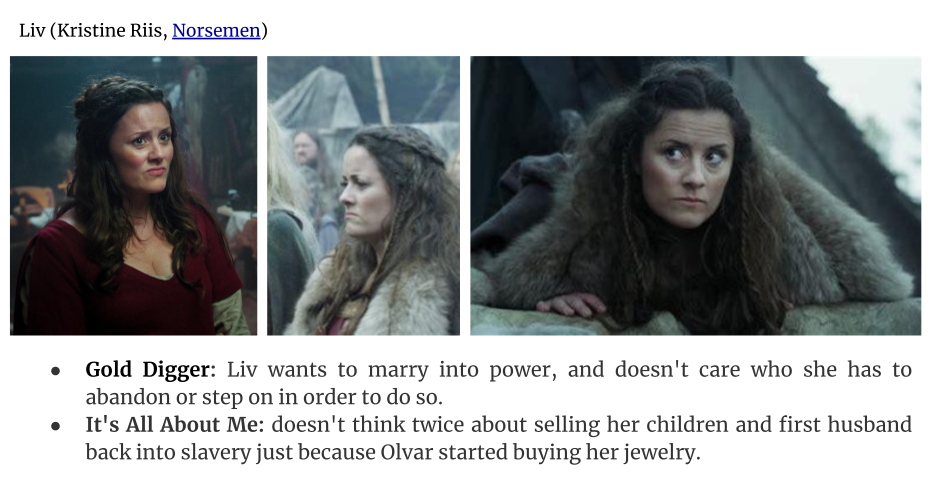The discourse regarding new technologies is very polarized. On the one hand, I see a lot of highly skilled people joining the financial gaming movement, games where you can make money. On the other hand, I see a hatred on the part of some people not only for the question itself, but also towards the creators.
For me, attacking those who are trying to create something new is definitely a mortal sin. The creator is a very often courageous person. She may be attracted to easy money, why not. But no one gives us the right to attack the creator. The creator is always the one who drives our industry forward.
In all the online noise, interesting qualities of the games that base a part of the service on blockchain are starting to be defined. Let’s see some of them using the false line of the MDA framework.
Aesthetics
The question of being an investor for me is the natural consequence of the worldwide trend of recent years of being able to leave comments on any detail of anything. If in the future people can also feel like investors in a product, it will be very interesting for a lot of people.
Feeling the real power of helping to start and grow a project is absolutely fun. These hundreds of Discord game channels dedicated to videogames that don’t yet exist prove it. Quite often they have more people talking every day than Discord channels of games that already exist.
The community plays a key role, in the future we will see in companies that these communities will be treated as a separate product.
Dynamics
Understanding how the heck a decentralized gaming system works is complicated. You have to read documents, get information, create virtual wallets and even play a little on the cryptocurrency exchange. This thing is fun!
In fact, the real game is right there. Very often we see games that are bad copies of f2p games. Nonetheless, people go there and play. Obviously the possibility of earning money, but also the fact of fiddling with all these new tools creates fun dynamics that bring people together.
The real game is the marketplace, it is that part that needs to be playfully enhanced.
Mechanics
All data flow is very transparent on these platforms. There is also a very interesting loss of anonymity. It will be possible to prevent some forms of abuse that are committed by malicious players, if they lose their anonymity.
Also very interesting are the mechanics that allow people to be rewarded for contributing to the community. As an f2p game designer that I am, I have heard several times advice from some hardcore gamers on how to improve the economy.
These games will allow players to create their own currencies in the future. This is absolutely sane and interesting from a gameplay standpoint.
Whenever we criticize something, someone can answer us and give us an opportunity to learn.
Every time we attack someone, however, we lose the opportunity to drink from a source.

